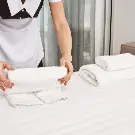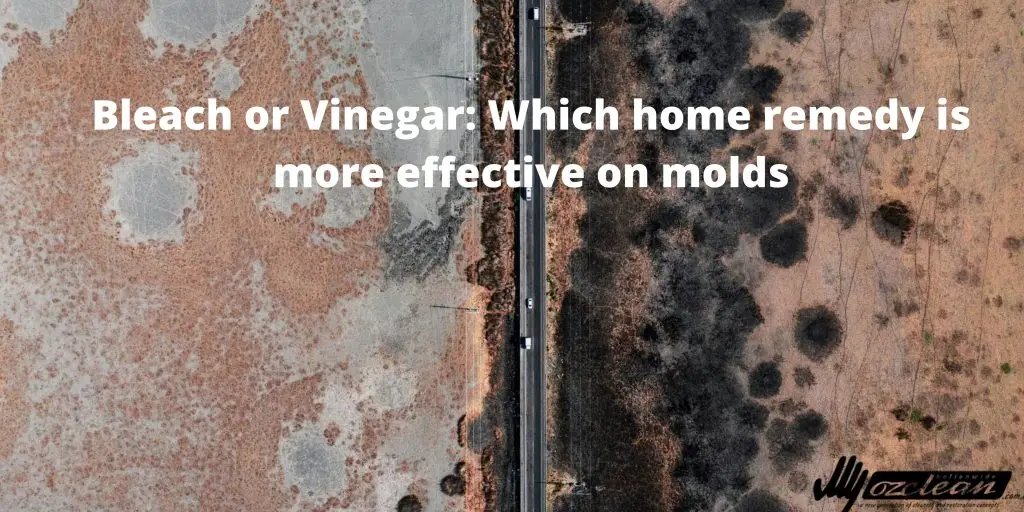
There are two nightmares for house owners and they are termites and mould. But for today, we will be focusing on the latter, the mould. There are multiple home remedies taken from the experts to remove them and prevent them from forming in the first place. Before we get to that we need to know some background information on mould.
What is Mould
Mould in simple terms is a branch of fungus that can be hazardous in the long run. Mould is a living organism. Being a living organism, it requires food and nourishment to survive. Now you might be wondering from where they are getting the nourishments. It’s from our own carelessness. Now mould requires a damp condition and a few other conditions to survive which we will deal with in detail.
Factors that promote Mould Growth
1. Moisture and Dampness
Moulds are pretty common during the rainy season when the weather is cool and apt for these living organisms. Now our house walls keep us safe from the heat of the sun, external pests and the rain. But over time wear and tear occurs, making the paint peel off causing small cracks in the wall. It’s when these two scenarios happen, that mould starts growing. The wall has lost its protection, that is the paint and has small cracks and holes on it and the walls are damp. Adding all these together makes the perfect place for mould to grow. They need moisture, water to survive which the walls retain. So if you ever see mould growing, check your walls for wear and tear and patch them up.
2. Temperature
Moulds require a stable temperature in the range of 15-30 degrees celsius. As the rainy season arrives the temperature drops, which in turn provides the perfect breeding ground for them.
3. Light
Minimal light is essential for mould growth, as the lower the intensity of the light, the more the growth. This is why moulds are often seen in dark places, as during the rainy season we barely get any proper sun time, as even days turn out to be like nights.
4. Air
Usually, moulds are found near windows, because they require a constant flow of air. A constant flow is required for them to reproduce and grow in number.
Now, having gained background knowledge in Mould, it is time to take the fight to them, to remove them for once and forever. There are two disputed ways to remove them, we will talk about both of them and give our opinion on which is the best way to remove the stubborn mould.
The Battle of the Whites
The two most common ingredients used to remove the mould are vinegar and mould. But now we know what all of you are thinking. Isn’t it easier to just fix the wall and repaint them? The answer is NO. You could try to scrape them away and repaint them, but you are only removing them from the surface, only removing the large part that is visible to the human eyes, the spores are being left behind. So it’s essential to remove the mould from the root and not the surface. When it comes to removing mould, Vinegar is always the best bet than Bleach, as bleach will leave the spores behind. Now not all vinegar works against the mould. The vinegar that works best for the mould is the white distilled type vinegar.
How to use Vinegar to Clean Mould
- Safety first- You don’t want to come into direct contact with the mould during the cleaning process. Make sure you use safety precautions like masks, gloves, and goggles.
- Pour the vinegar into a spray bottle and start spraying directly on the mould. It is best not to dilute the vinegar.
- Allow the vinegar to settle down for at least one hour.
- After one hour, start scrubbing away the mould with warm water, with a scrubbing brush.
- Wipe the area clean and repeat the process two to three times for max effectiveness.
Once you have done for two to three times, you can go ahead and start to repair and patch up the wall and thereby preventing the buildup of mould forever.

Professional Cleaning Services in Sunshine Coast
book now
Recent Posts
-

How to Get Smoke Smell Out of Carpet: Your Ultimate Guide to Freshness
October 31, 2023
Admin
-
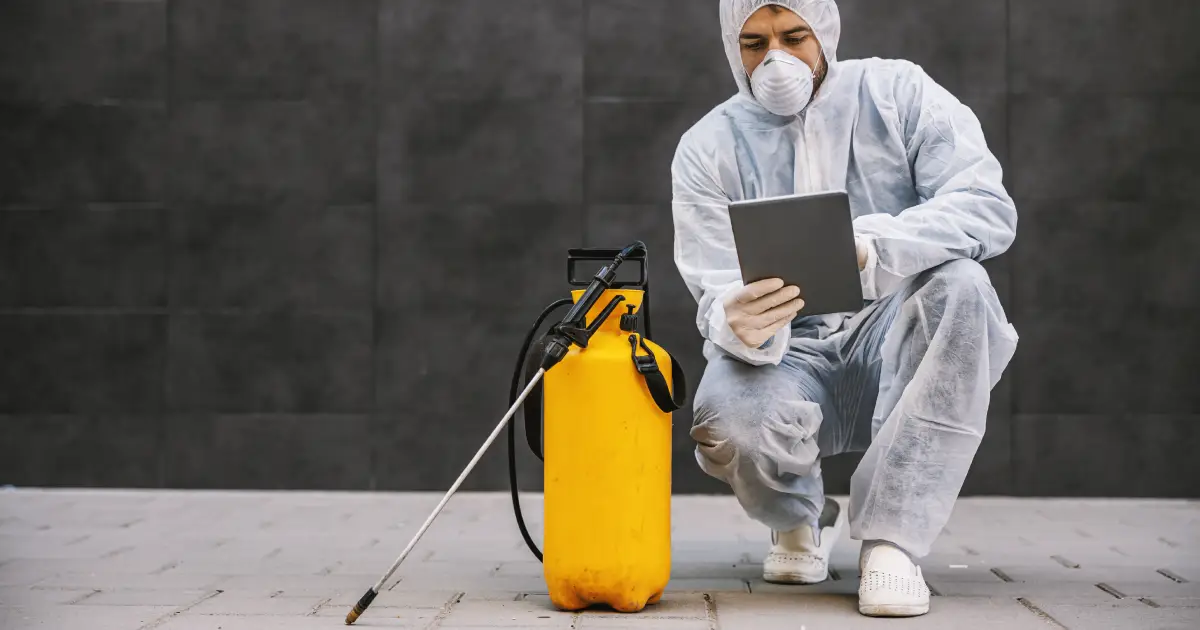
Winter Pest Control Strategies: Balancing Effectiveness and Safety
July 31, 2023
Admin
-
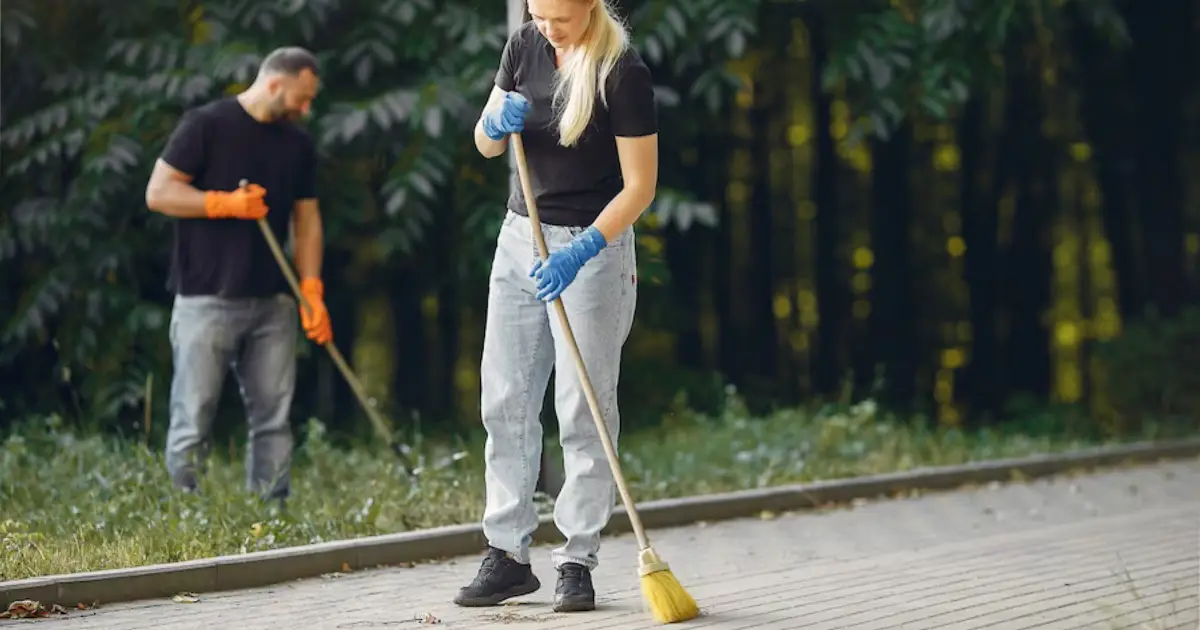
Make Your Backyard Effortlessly Clean, Organized, and Beautiful
July 07, 2023
Admin
-
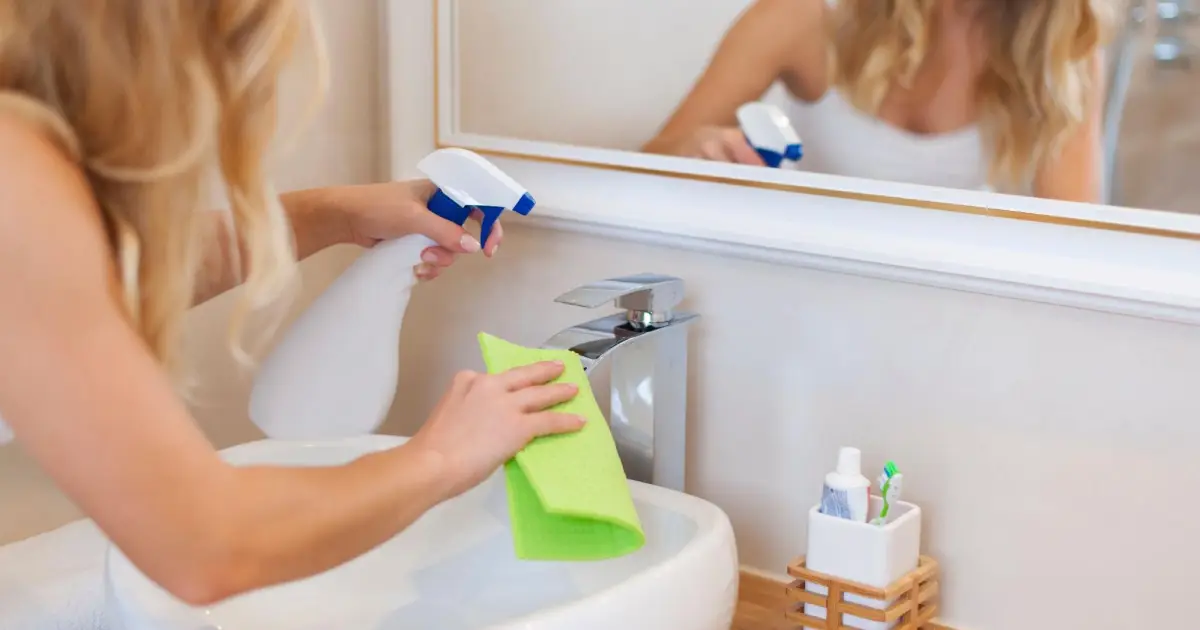
How To Clean Your Bathroom In 15 Minutes Or Less
April 06, 2023
Admin
-

7 Cleaning Solutions for a Chemical-Free Home
February 16, 2023
Admin
-
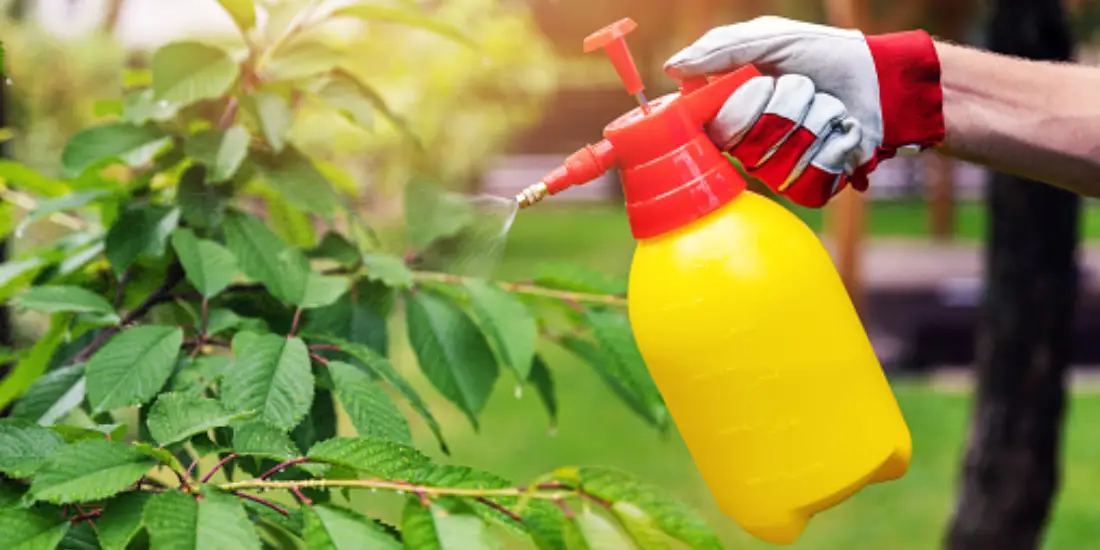
5 Surprising Ways to Keep Bugs Out of Your Garden
February 16, 2023
Admin
-

5 Cost-Effective Carpet Cleaning Solutions for a Deep Clean on a Budget
February 07, 2023
Admin
-

Clean A Washbasin In 5 Easy Steps
January 18, 2023
Admin
-
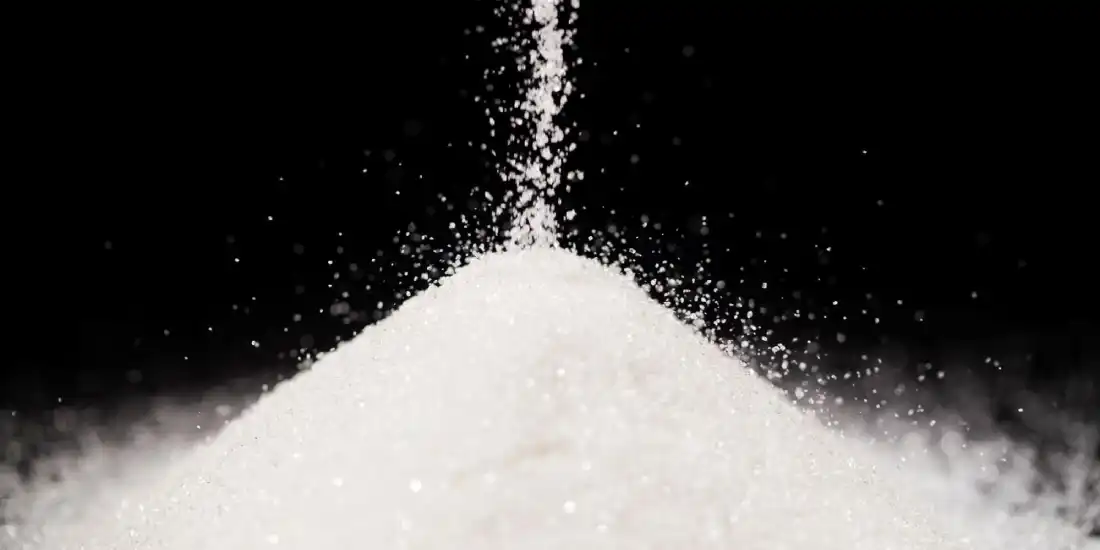
5 Cleaning Hacks With Borax
January 02, 2023
Admin
-

5 Tips To Buy A Pet Vacuum Cleaner
December 14, 2022
Admin
-

5 Fail-Safe Home Methods To Clean Carpets
December 05, 2022
Admin
-

5 Simple Tips To Deodorise Your Bedroom
July 15, 2022
Admin





